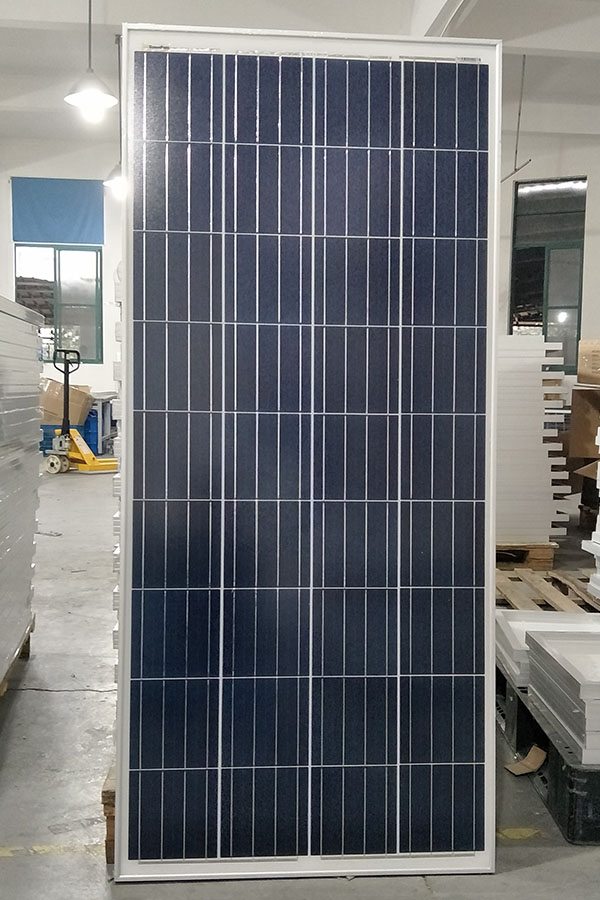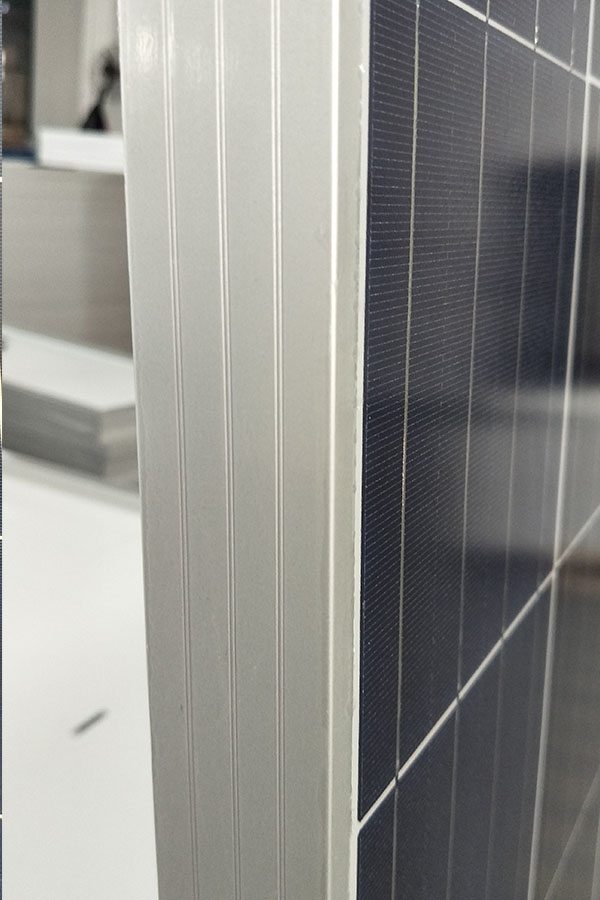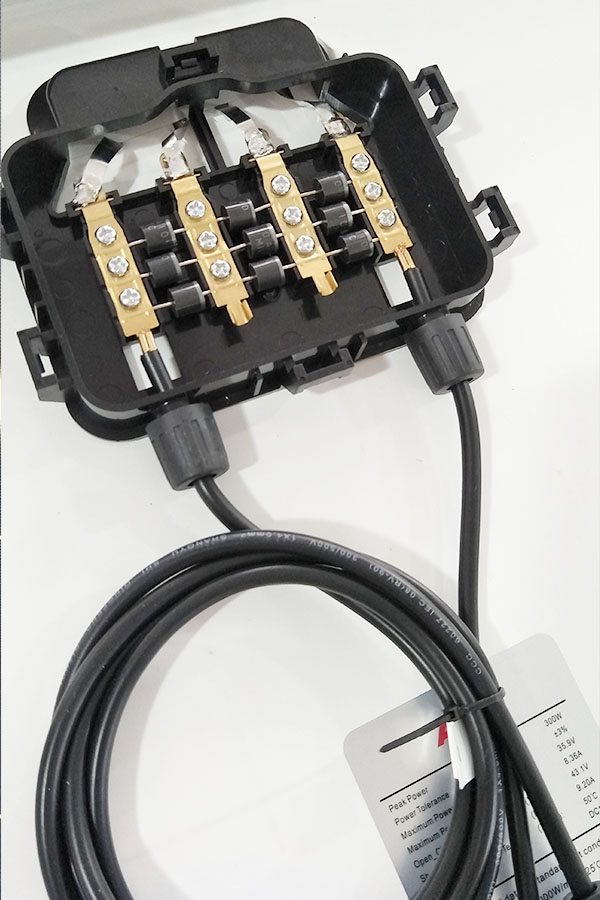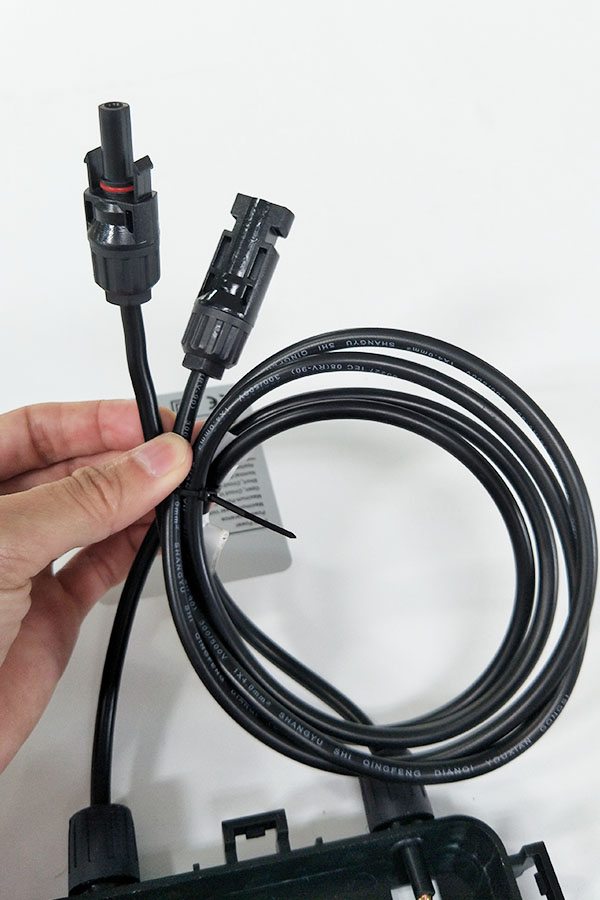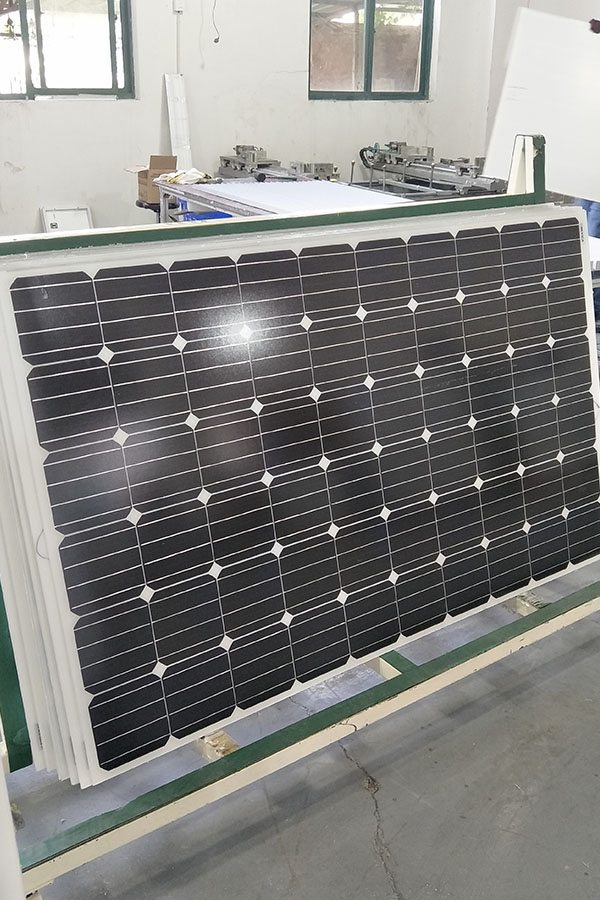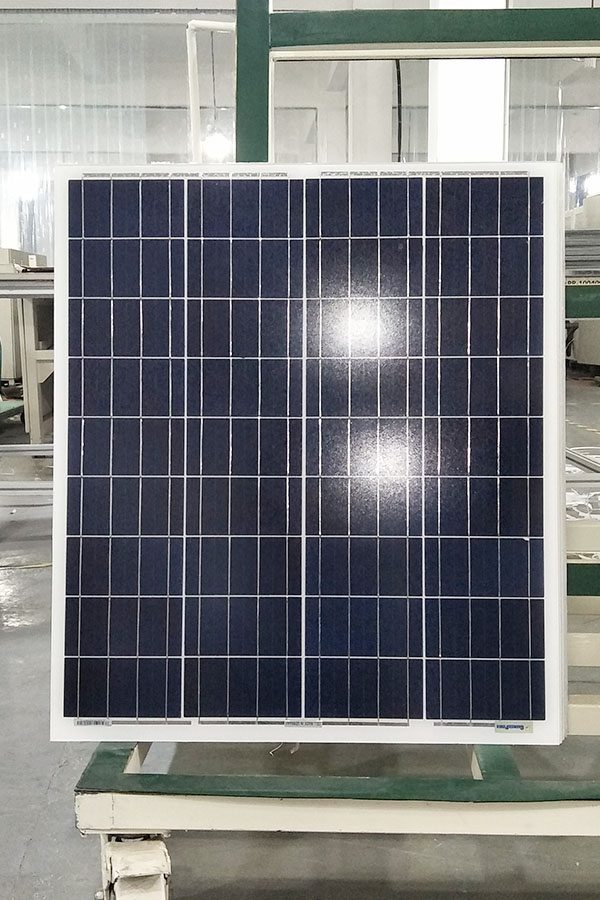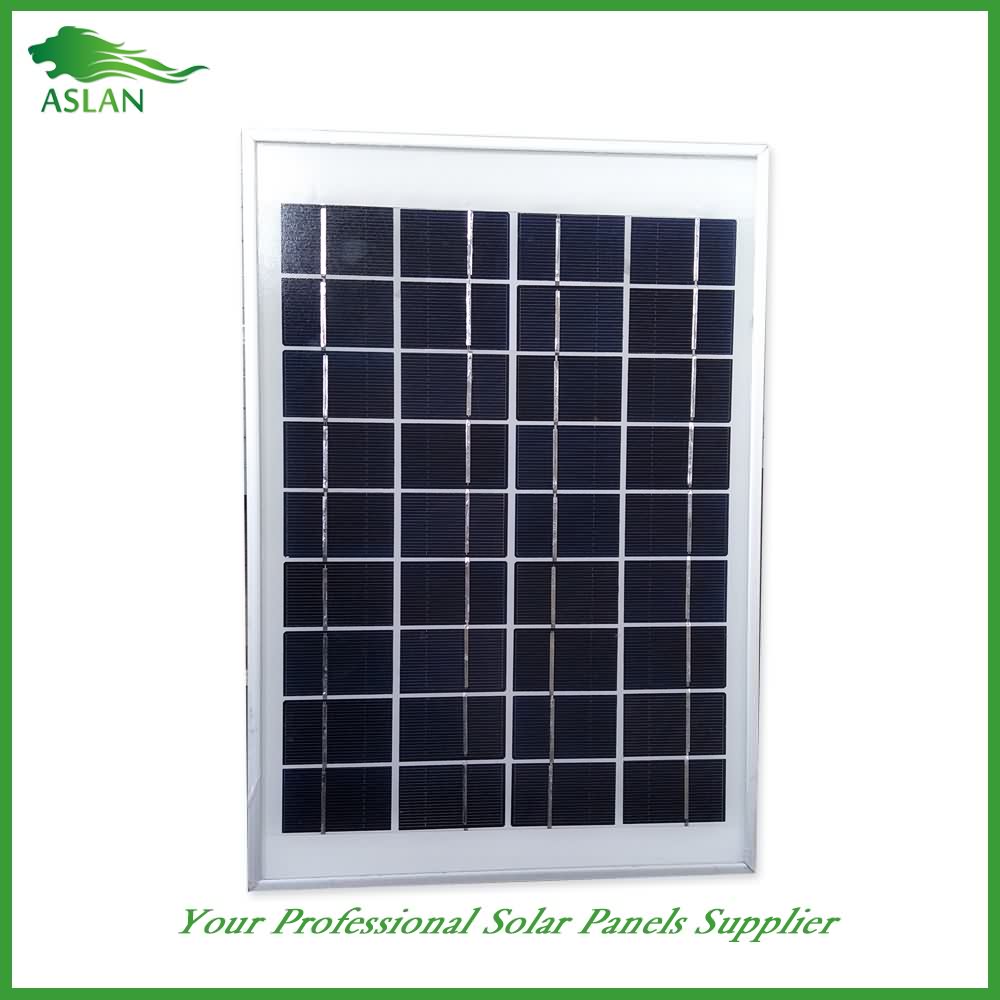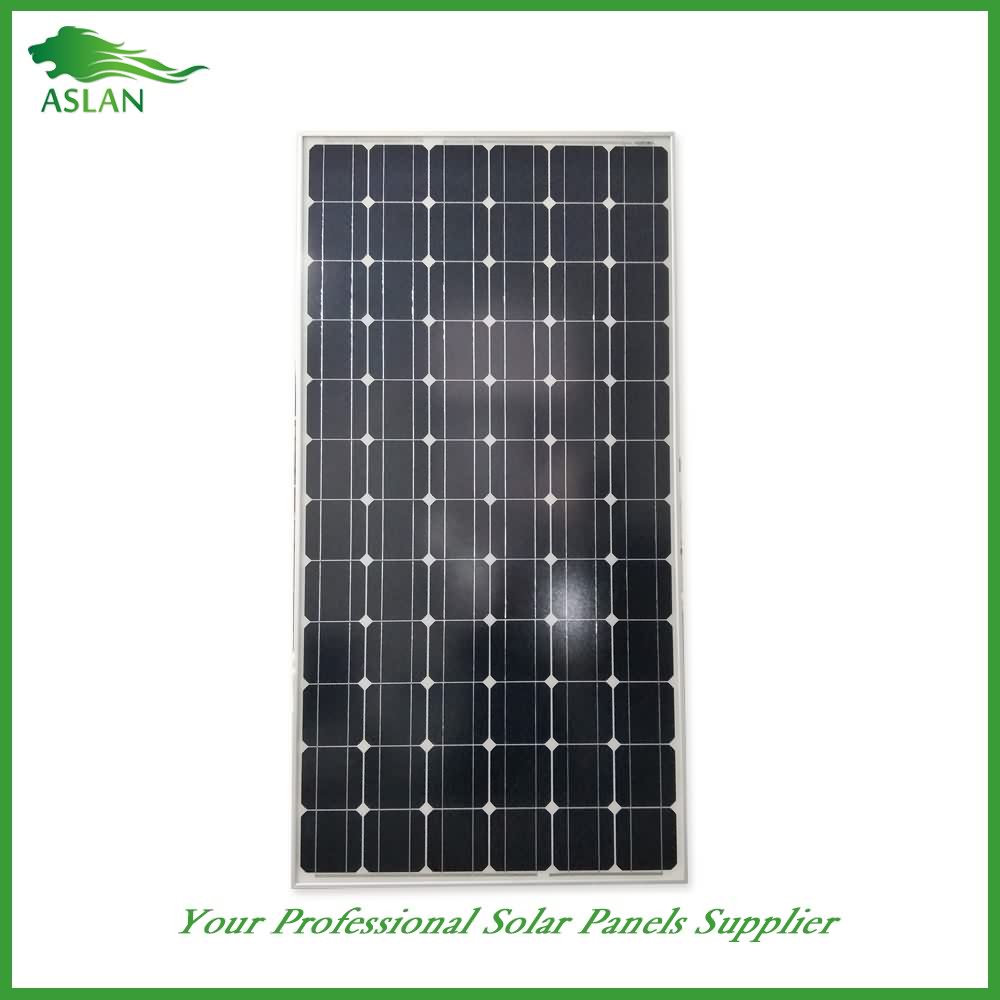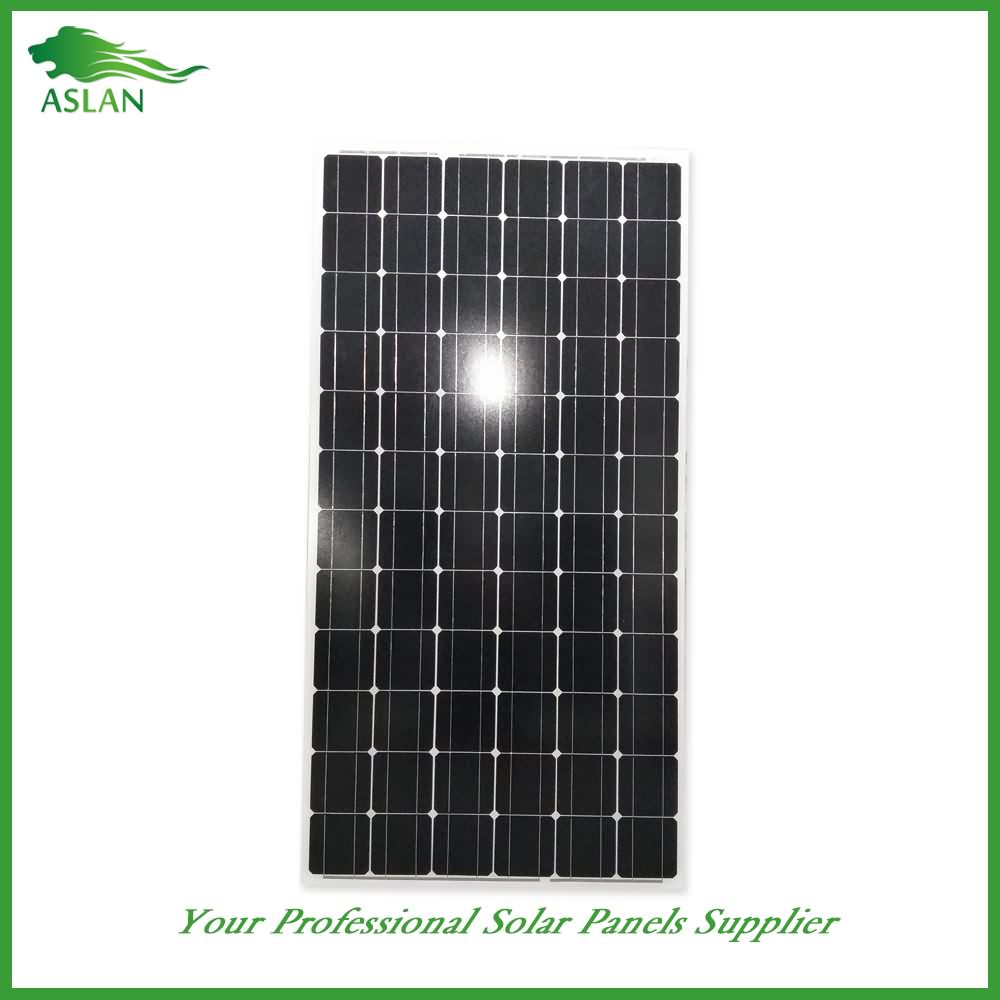2017 wholesale price Poly-crystalline Solar Panel 150W in Auckland
Short Description:
We are commitment to offer the competitive price ,outstanding products quality, as well as fast delivery for 2017 wholesale price Poly-crystalline Solar Panel 150W in Auckland, If you have any comments about our company or products, please feel free to contact us, your coming mail will be highly appreciated.
Poly-crystalline Solar Panel 150W
Technical parameter
Maximum Power(W) 150W
Optimum Power Voltage(Vmp) 17.92V
Optimum Operating Current(Imp) 7.83A
Open Circuit Voltage(Voc) 21.86V
Short Circuit Current(Isc) 8.59A
Mechanical Characteristics
Cell Type Poly-crystalline 156x156mm (6 inch)
No of Cell 36 (4x9pcs)
Dimensions 1482x678x35mm
Weight 11.9KGS
Front Glass 3.2mm,High Transmission, Low Iron,Tempered Glass
Junction box IP65 Rated
Output Cable TUV 1×4.0mm2/UL12AWG,Length:900mm
Temperature and Coefficients
Operating Temperature(°C): -40°C ~ + 85°C
Maximum System Voltage: 600V(UL)/1000V(IEC) DC
Maximum Rated Current Series: 15A
Temperature Coefficients of Pmax: -0.435%
Temperature Coefficients of Voc: -0.35%
Temperature Coefficients of Isc: 0.043%
Nominal Operationg Cell Temperature (NOCT): 47+/-2°C
Materials of solar panel
1).Solar Cell——Poly-crystalline solar cell 156*156mm
2).Front Glass——-3.2mm, high transmission, low iron, tempered glass
3).EVA——-excellent anti-aging EVA
4).TPT——-TPT hot seal made of flame resistance
5).Frame——anodized aluminum profile
6).Junction Box——-IP65 rated, high quality, with diode protection
Superiority: high quality anodized aluminum frame, high efficiency long life, easy installation, strong wind resistance, strong hail resistance.
Features
1. High cell efficiency with quality silicon materials for long term output stability
2. Strictly quality control ensure the stability and reliability, totally 23 QC procedures
3. High transmittance low iron tempered glass with enhanced stiffness and impact resistance
4. Both Poly-crystalline and Mono-crystalline
5. Excellent performance in harsh weather
6. Outstanding electrical performance under high temperature and low irradiance
Quality assurance testing
Thermal cycling test
Thermal shock test
Thermal/Freezing and high humidity cycling test
Electrical isolation test
Hail impact test
Mechanical, wind and twist loading test
Salt mist test
Light and water-exposure test
Moist carbon dioxide/sulphur dioxide
The Xsol-E1.1 project explores the use of solar energy as a supplemental power source to extend UAD (unmanned aerial device) flight time. The project demonstrates how solar can be coupled with traditional lithium power cells. More detail here: https://www.youtube.com/watch?v=aCM1DTj8wXI
In this experiment, flight time is extended up to 250%. The configuration shown here uses a 3C 2200mah Litho power cell. Without solar assist, flight time averages 12 minutes. With solar assist, flight time is extended to an excess of 35 minutes at full solar intensity.
The is phase 1 of a 3 phased project.
Our ultimate goal is to build a fully functional low light operating UAV (drone) capable of not only sustained flight missions, but also the ability to fly in a low density atmosphere like the one found on Mars. We current the funding to completed Phase 1. However, Phases 2 (fully tested prototype version) and Phase 3 (production ready version) will require an estimated $300k additional funding for completion of the remaining phases by 2019. We would like this ‘drone’ to be ready for the first private exploration missions to Mars which are expected to occur by late 2019, early 2020.
The race to claim Mars is on! We anticipate the main purpose of the drone will be to collect detailed mineral and land formation data that can be used to determine potential resource deposits that are likely present on or beneath the planet’s surface for future private use.
This low-cost (£10) solar panel is rated at 1.5W and is designed to keep a car battery topped up when left standing for long periods.
